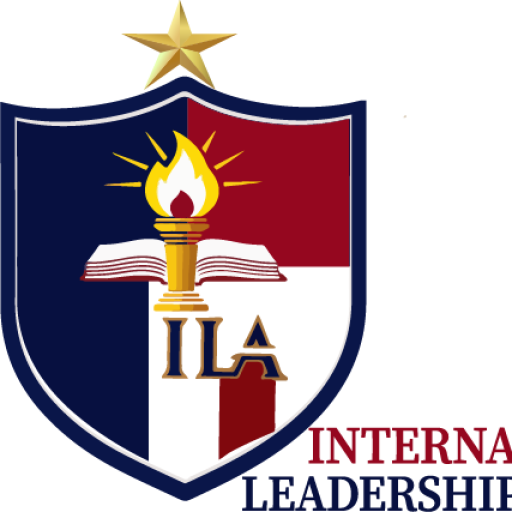This course provides healthcare leaders and entrepreneurs with the critical skills to improve patient care, ensure compliance with medical standards, and reduce risks in clinical environments. Mastering essential medical procedures and administrative protocols enhances leadership capabilities in healthcare settings and strengthens the foundation for successful medical ventures.

Course Description
Medical Procedures & Clinical Administration
This intensive program provides complete training in medical procedure protocols, administration techniques, and clinical decision-making. Designed for healthcare professionals, it covers diagnostic, therapeutic, surgical and emergency interventions with evidence-based practice standards.
Why this course is important for leaders and entrepreneurs
Course Objectives
✅ Master 50+ essential medical procedures across specialties
✅ Execute proper technique for diagnostics, treatments and emergency care
✅ Apply infection control and patient safety protocols
✅ Document procedures according to medical-legal standards
✅ Adapt techniques for pediatric/geriatric/special needs patients
Course Benefits
🔹 Clinical Competence : Hands-on training with simulation equipment
🔹 Career Advancement : Certification in high-demand medical procedures
🔹 Risk Reduction : Master safety protocols and error prevention
🔹 Confidence Building :Repetitive practice with expert feedback
From Routine Care to Critical Interventions – Become a Procedure Expert
Course Content
WEEK 1 : ORIENTATION (1 Week)
-
-
Using Windows OS
-
Each one mentor 2
-
Using ILA platform
-
Professional Resume
-
Program tools needed
-
PLATFORM ORIENTATION QUIZ
-
ASSIGNMENT: PLATFORM PROFICIENCY DEMONSTRATION




